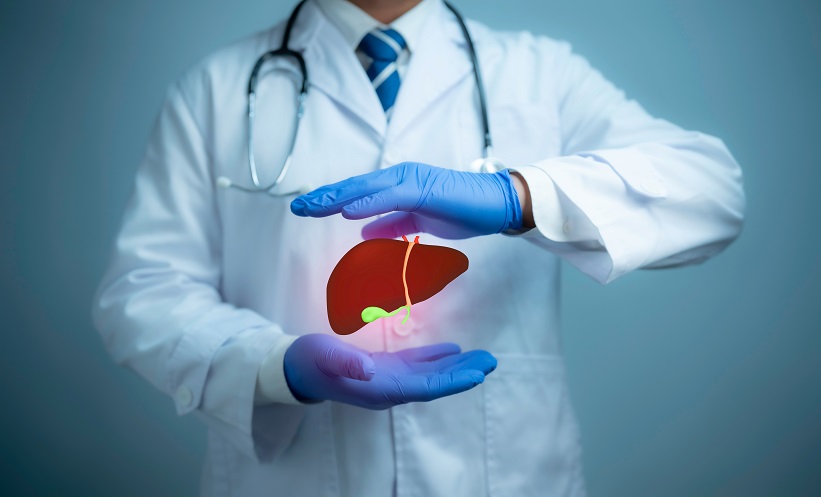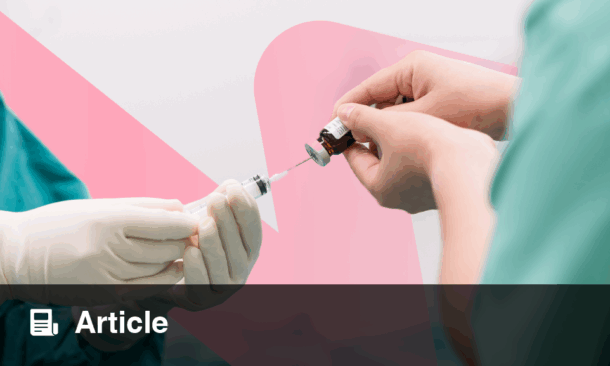REMOVAL of the gallbladder was found to significantly raise the risk of developing MASLD, particularly in people with multiple cardiometabolic risk factors, according to a large-scale Korean cohort study.
The research examined 661,122 individuals using data from the Korean National Health Insurance Service, Seoul, South Korea. After excluding those with pre-existing fatty liver disease and applying rigorous matching, 4,664 patients who underwent cholecystectomy were compared with 13,992 matched individuals who had not.
MASLD is a form of fatty liver disease linked to metabolic dysfunction, such as obesity, diabetes, or high blood pressure, rather than alcohol intake. In this study, it was defined using the fatty liver index (FLI), with a cut-off score of 60.
The researchers found that individuals who had their gallbladder removed had a 1.48-fold higher risk of developing MASLD compared with matched controls. Risk increased substantially among those with three or more cardiometabolic risk factors: in this group, the hazard ratio rose to 4.45, compared with individuals with fewer risk factors and no surgery. Those with fewer than three risk factors had only a modest increase in risk following cholecystectomy (hazard ratio: 1.22).
The cumulative incidence of MASLD after 8 years was highest in patients with both cholecystectomy and multiple cardiometabolic risk factors (23.48%), while those without surgery and with fewer than three risk factors had the lowest incidence (7.48%).
“Comprehensive screening and aggressive management of these factors are essential before and after cholecystectomy,” wrote the study authors.
The study used a robust propensity score matching method to minimise confounding and followed patients over a median of 5.35 years. However, the authors acknowledged certain limitations, including the reliance on the FLI instead of imaging or biopsy, and the potential for misclassification of alcohol consumption and comorbidities.
The findings suggest that clinicians should take cardiometabolic health into account when evaluating patients for gallbladder removal. In those with multiple metabolic risk factors, a more cautious approach may be needed, including close postoperative monitoring and targeted intervention to reduce the risk of MASLD development.
Reference:
Jeon HJ et al. Association between cholecystectomy and the risk of new-onset metabolic dysfunction-associated steatotic liver disease: a risk-stratified cohort study. Sci Rep. 2025;15:28223.








